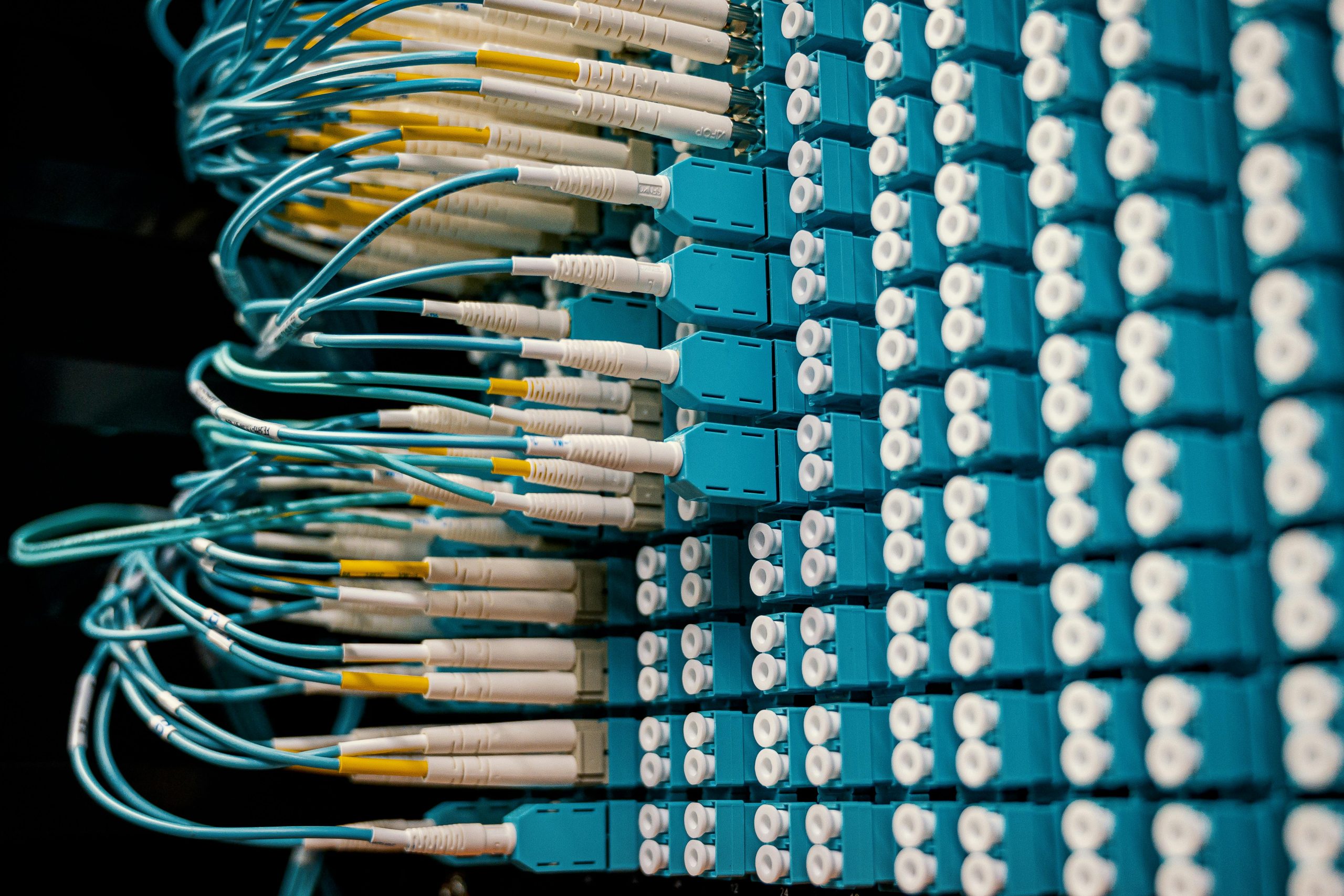Cat6 Data Cabling: The Backbone of Modern Networking
Cat6 data cabling, also known as Category 6 cabling, marks a significant leap forward in network infrastructure technology. Falling under the category of twisted pair cables, it is primarily utilized for Ethernet networking purposes.
Unlike its predecessors, Cat6 is engineered to meet contemporary networking demands, offering faster data transmission speeds and superior overall performance.
Essentially, Cat6 cables consist of four pairs of copper wires, akin to Cat5e (Category 5e) cables. However, what sets Cat6 apart is its enhanced specifications for reducing crosstalk and system noise. These stricter standards enable Cat6 cables to support data rates of up to 10 gigabits per second (Gbps) over distances of up to 55 meters (180 feet). Moreover, they can maintain lower data rates over longer distances, providing versatility for various networking scenarios.
One of the key benefits of Cat6 cabling is its ability to deliver higher bandwidth, making it suitable for applications requiring significant data throughput. Whether it’s streaming multimedia content, conducting video conferences, or transferring large files, Cat6 cables offer the necessary bandwidth to ensure smooth and reliable connectivity. Additionally, Cat6 cables exhibit improved resistance to interference, making them ideal for environments prone to electromagnetic interference (EMI) and radio frequency interference (RFI).
The deployment of Cat6 cabling is widespread in both residential and commercial settings. In homes, Cat6 cables are commonly used to connect computers, gaming consoles, smart TVs, and other devices to home networks. With the growing popularity of bandwidth-intensive applications and smart home devices, Cat6 cabling provides the essential infrastructure to support these technologies seamlessly.
In commercial environments, Cat6 cabling serves as the backbone of structured cabling systems, linking various network devices such as routers, switches, servers, and access points. Whether it’s in office buildings, schools, hospitals, or data centers, Cat6 cabling plays a vital role in establishing reliable and high-speed network connectivity.
Furthermore, the future-proof design of Cat6 cabling makes it a preferred choice for network upgrades and expansions. As networking technologies evolve, Cat6 infrastructure offers a solid foundation for accommodating future advancements without requiring extensive rewiring.
In summary, Cat6 data cabling represents a significant advancement in network infrastructure technology, providing faster data transmission speeds, improved performance, and enhanced reliability compared to its predecessors. Its versatility and future-proof design make it an essential component of modern networking environments.


0 Comments